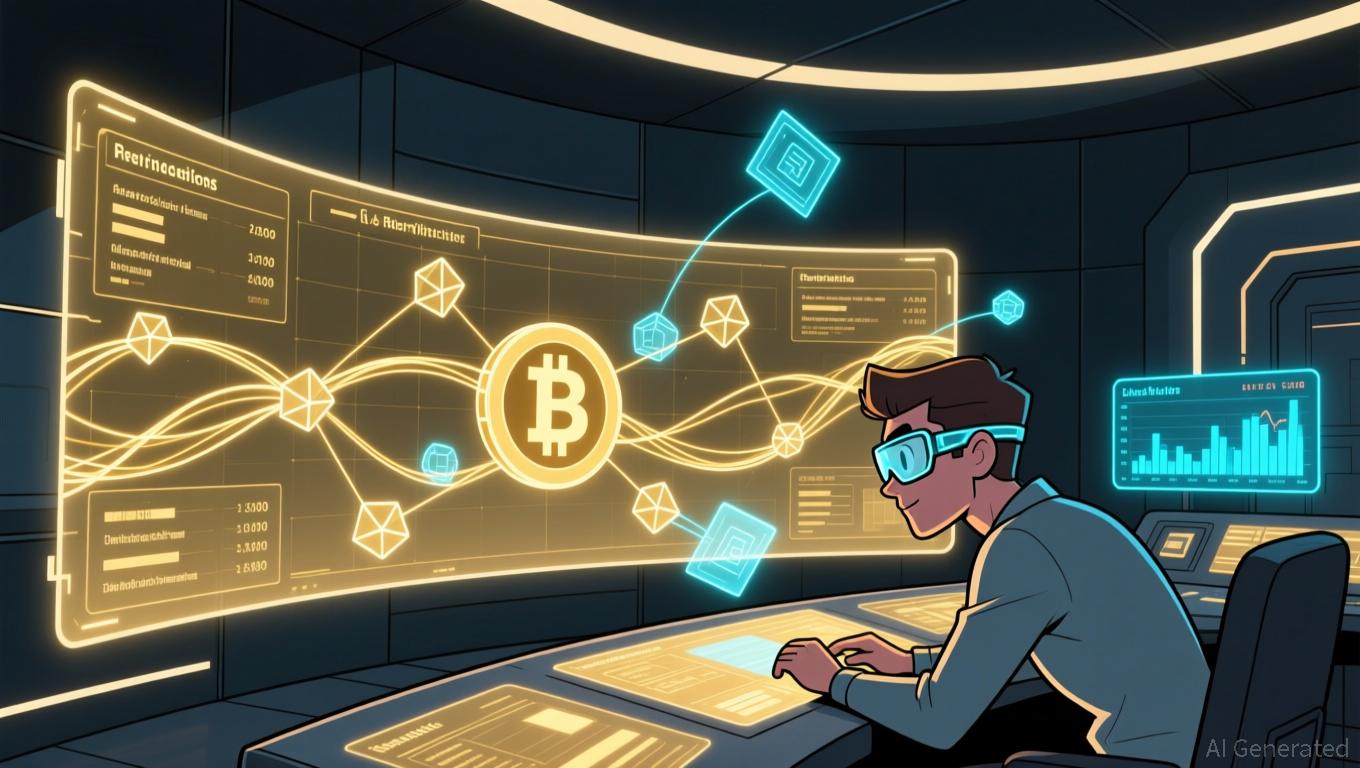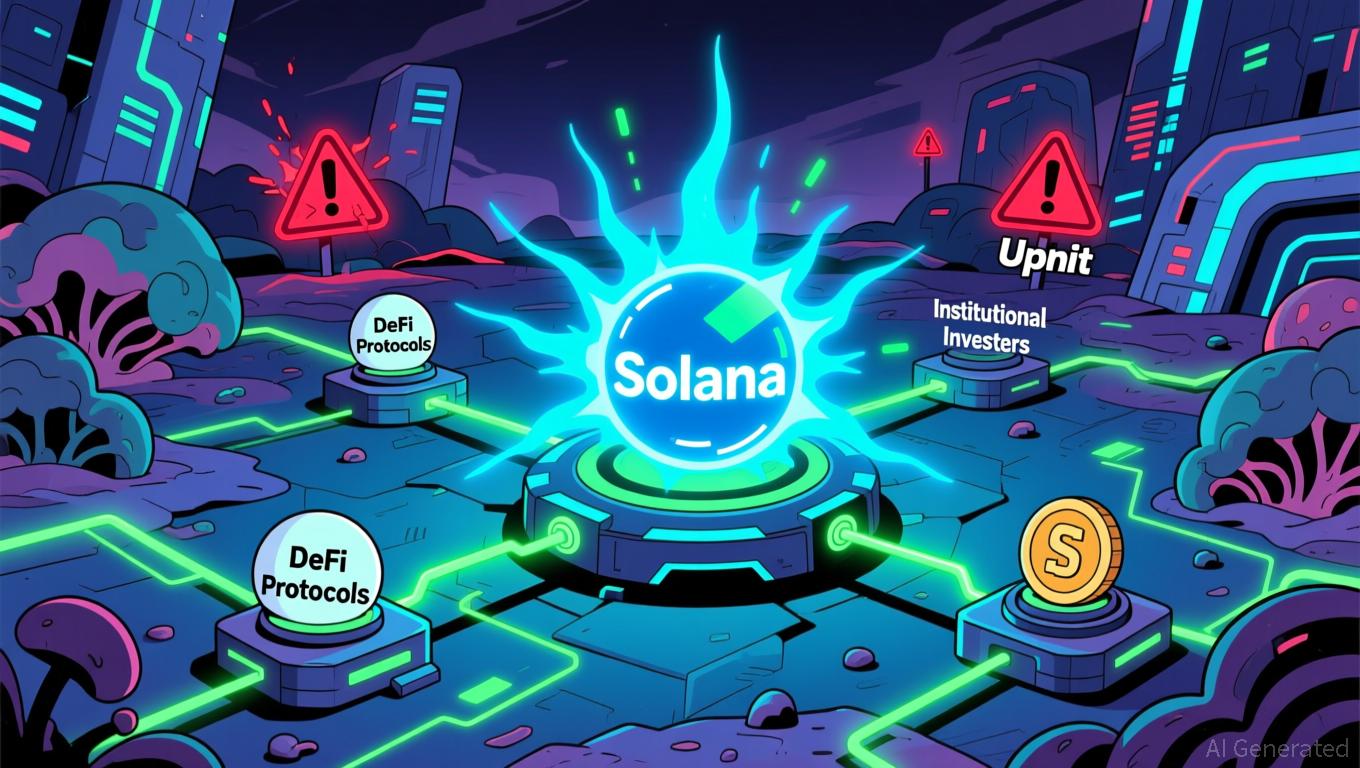No More Concealed Allocations: ZKP Auctions Transform Fairness in Crypto
- ZKP's crypto presale uses daily on-chain auctions to distribute 35% of its 257 billion tokens, rejecting private allocations and hidden vesting schedules. - The 24-hour auction model allocates 200 million tokens proportionally based on pooled contributions, ensuring equal access without early-mover advantages. - Transparent on-chain visibility and $50,000 daily contribution caps prevent whale dominance, aligning with trustless system trends in crypto distribution. - This structure creates organic price d
Zero Knowledge Proof (ZKP) is a cryptocurrency initiative that has attracted notice for its innovative format, which emphasizes openness and fairness in token allocation. In contrast to standard token launches—where discounted tokens are often set aside for insiders or strategic backers—
The foundation of ZKP’s distribution strategy is its recurring 24-hour
Transparency is further enhanced by the use of on-chain data. Every auction’s contributions, distribution percentages, and final prices are open for public review, removing doubts about hidden token supplies or arbitrary price changes

Market analysts have pointed out how ZKP’s structure influences initial price formation.
The lack of preferential treatment for insiders has also shifted expectations regarding early liquidity.
ZKP’s approach is redefining standard practices for token launches. By focusing on fairness, openness, and pricing driven by the market, the project addresses persistent criticisms of token launches and offers a model for just digital asset distribution
Disclaimer: The content of this article solely reflects the author's opinion and does not represent the platform in any capacity. This article is not intended to serve as a reference for making investment decisions.
You may also like
Privacy Altcoins Surge While Crypto Markets Decline
In Brief Cryptocurrency markets faced a major downturn in recent weeks. Privacy altcoins like Zcash rise amidst stricter regulation concerns. Upcoming regulations pose liquidity risks for privacy-focused cryptocurrencies.

Solana News Today: Institutions Remain Confident in Solana Amid Security Concerns and Volatile Prices
- Solana's on-chain trading volume now exceeds centralized exchanges, driven by $510M in ETF inflows and institutional adoption of DeFi protocols. - Price volatility and security breaches, including Upbit's $36.8M Solana-based theft, highlight risks despite $3B+ in corporate treasury holdings. - Institutional capital continues to flow into Solana's ecosystem, with DWF Labs committing $75M to scalable DeFi infrastructure amid TVL recovery to $120B. - Forward Industries reports $668M unrealized losses as Sol

XRP News Today: XRP ETFs See Rapid Growth, Price Remains Flat—Will Increased Inflows Overcome Technical Barriers?
- XRP ETFs saw $164M inflows on Nov. 24, 2025, with Grayscale and Franklin Templeton launching new products amid rising institutional interest. - Price rebounded to $2.20 but remains range-bound below key technical levels, forming descending patterns despite ETF-driven liquidity gains. - Ripple's RLUSD stablecoin surged 56% in 30-day volume to $3.5B, now third-largest GENIUS Act-compliant stablecoin after USDC and PYUSD. - Analysts predict $5.05 by 2025 and $26.50 by 2030, but XRP's 16.95% drop from 30-day
